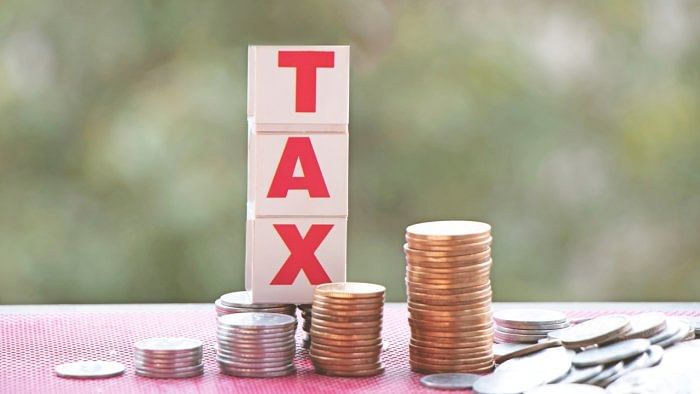
With the ushering in of the new financial year, several changes in income tax rules will come into effect. From the new tax regime becoming the default to changes in tax slabs and rebates, which will come into effect on April 1, 2023, it will have a significant bearing on your finances. In this issue of DH Deciphers, Gyanendra Keshri decodes the major changes in income tax rules.
What is the new tax regime, how is it different from the old tax regime?
While the new tax regime, introduced in the Union Budget 2020-21, was brought into play from April 1, 2020, with its adoption being made optional. There were few takers for it. Evidently, though it offered lower tax rates, the tax exemptions and deductions offered by the old regime were preferred by the taxpayers.
To push the new tax regime, the government announced major tweaks in it in the latest Union Budget and also made it the default option. Under the new regime now the basic exemption limit has been raised to Rs 3 lakh from Rs 2.5 lakh, while the incidence of tax after the eligible tax rebates (under Section 87A of the Income Tax Act, 1961) starts only beyond Rs 7 lakh.
Can I still opt for the old tax regime?
Yes. However, if you want to opt for the old tax regime, you will now have to specifically indicate this preference.
If I choose the new tax regime, do I have the option to move back to the old tax regime?
Salaried taxpayers have the option to switch between the old and the new tax regimes every financial year. However, those with income from business and profession, will have the option to change only once. If a taxpayer with income from business and profession opts for the new tax regime, he/she will have only one chance to return back to the old tax system.
Moreover, the option of choosing between the old and the new tax regimes is applicable only if the tax return is filed within the due date. After the due date, you won’t have any option, but to go with the default system, which is the new tax regime.
What are the changes in tax slabs?
Under the new tax regime, the basic exemption limit has been increased to Rs 3 lakh. There are five slabs. The tax rate starts at 5%. It is applicable on income between Rs 3 lakh and Rs 6 lakh. The tax rate increases by 5 percentage points for incremental income of Rs 3 lakh each. The peak income tax rate of 30% applies on income above Rs 15 lakh in the new tax regime. The tax slabs become applicable only for the taxpayers with income above Rs 7 lakh. The incidence of tax on people earning Rs 7 lakh or less is zero. The standard deduction of Rs 50,000 allowed to salaried class, the incidence of tax happens beyond Rs 7.5 lakh.
How could I decide whether the old or the new tax regime is beneficial for me?
Despite major benefits offered under the new regime, you can still find the old tax regime attractive if you have a home loan and made investments in instruments that offer exemptions and deductions. There is a long list of exemptions allowed under the old tax regime. If a taxpayer can claim a tax benefit of about 40% of his/her annual income or Rs 4.5 lakh (whichever is lower) through allowed exemptions and deductions, then the old tax regime is beneficial. Otherwise, you should opt for the new tax regime, which is simpler and offers flexibility in investments.